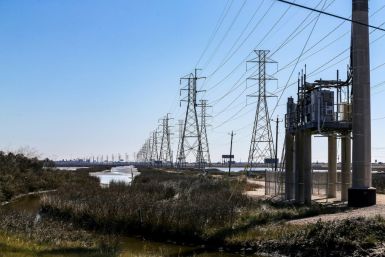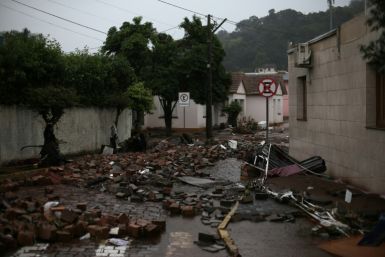Meteor Shower April 2013: Where to View NASA’s Lyrids Live Stream Coverage Online? [PHOTOS]
The 2013 Lyrids Meteor Shower was at its best peak from April 21 to the early morning hours of April 22. Viewers who were not able to experience the spectacle can still catch the rare phenomenon with NASA's live stream coverage shared on Space.com beginning at 8:30 p.m. EDT (0030 GMT).
National Aeronautics and Space Administration (NASA) scientists at the Marshall Space Flight Center (MSFC) in Huntsville, Alabama will show the live images of the 2013 Lyrids Meteor Shower captured from April 22 to April 23.
The meteor shower webcast will start at 8:30 p.m. on April 23 and it will run all through the evening. Spectators disturbed with a bad weather condition or light-polluted skies can watch the Lyrids meteor shower from NASA's MSFC feed on the Space.com web site link: http://www.space.com/19195-night-sky-planets-asteroids-webcasts.html
Other captured images of the Lyrids Meteor Shower peak can also be found at the Space.com web site link: http://www.space.com/20763-lyrid-meteor-shower-photos-2013.html
Lyrids meteor shower started to light up the night skies last April 16 and it will continue until April 25. Up to 20 meteors per hour can be seen with the possibility of reaching up to 100 meteors per hour leaving bright and visible trails behind.
The best time to catch the remarkable meteor shower display is from 4 a.m. to 4:30 a.m. where Lyrids will directly be above the night sky. The best method to view the Lyrids meteor shower is to just lying with the back on the ground and looking straight up.
The night weather during the meteor shower viewing is predicted to be unpleasantly cold. Viewers are advised to wear warm clothing or bring a blanket to be covered up warmly.
The dazzling city lights can ruin the Lyrids meteor shower viewing as well as the bright moon so it is recommended to find a spot far away with a dark sky. Meanwhile, NASA scientists at the Marshall Space Flight Center assured that the live stream will utilize a camera that automatically turns on in the darkness to provide an amazing view.






